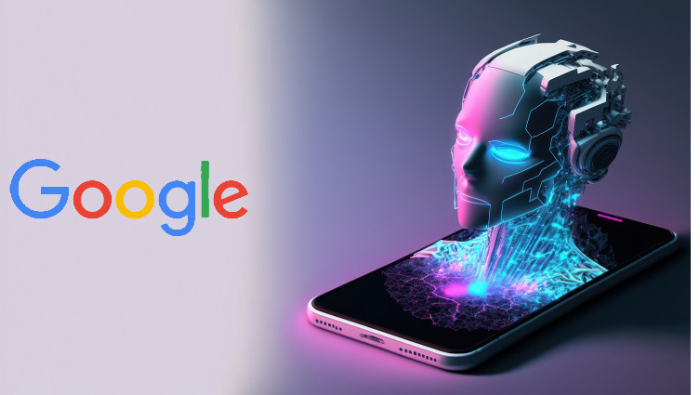Everyone in the tech world is excited, as well as a bit skeptical about Google’s latest launch – the Gemini AI Model. This large language model (LLM) is made by Google to improve on the previous models in both power and capabilities. This is a short guide to the new AI model, giving you an understanding of the product and the various ways in which you can use this new tool.
Keep reading to learn more.
Gemini AI Model – An Introduction to the Formidable Tool
Gemini, the latest multimodal AI solution developed by Google, harnesses cutting-edge AI services and techniques inspired by AlphaGo. Leveraging advanced training methods like tree search and reinforcement learning, Gemini possesses the capability to comprehend and engage intelligently across a spectrum of prompts, encompassing images, written text, speech, music, computer code, and more. Fueled by a suite of powerful AI services, Google strategically invests in Gemini to empower an array of products and services within its extensive portfolio.
What sets Google’s Gemini apart from other models in the LLM race is the fact that they initiated the project with a multimodal approach. It has translated well because the new tool can generalize, understand, and combine different types of data, including codes, videos, images, text, and more.
Gemini AI Model Sizes – Nano, Ultra, and Pro
The Gemini AI model comes in three sizes, and here is how they vary.
Google Gemini Nano
It is a tool made for on-device tasks. Coming in two sizes, Nano-1 (1.8 billion parameters) and Nano-2 (3.25 billion parameters), it will be available for Google’s AI core app using Android 14 on the Pixel 8 Pro app. However, there is the option to apply for a sneak peek, especially for developers.
Google Gemini Pro
The middle child, Gemini Pro, is running Google’s data centers and is responsible for powering Google Bard, the company’s response to Microsoft’s ChatGPT. As per Google’s claims, they are the better choice for brainstorming, summarizing content, and writing.
Google Gemini Ultra
Google Gemini Ultra is supposed to be the most capable model in the bunch. However, it is still not available for public use. Much like Pro, it is also a multimodal tool created using multiple codebases. The Ultra version offers the best results on around 30 out of 32 preferred benchmarks in LLM development.
Gemini V/S ChatGPT
By now, everyone on the playing field knows all about Generative AI. The two biggest players in the field today are Microsoft and Google. So, a comparison is only natural. And Google was happy to answer the question at the time of the launch. They are providing a table to show a comparison of the new AI model’s capabilities to the public. As per the report, there is only one section where GPT-4 is better than Google, and that is HellaSwag reasoning – the commonsense reasoning used for daily tasks. In every other section, Gemini Ultra surpassed GPT-4 with ease.
Leveraging Gemini AI Model the Right Way!

Google’s AI model has several provisions. From generating codes to visual reasoning, it can serve a variety of purposes. It is also multilingual, with expertise in computer vision, geospatial science, human health, and other integrated technologies.
To use Google Gemini in Bard, here are the steps to follow:
- Visit https://bard.google.com/
- Log in with your credentials
- Now, you can use the Gemini Pro within Bard Chatbot by asking it all the questions you have.
What Do the Critics Have to Say?
While the Google Gemini AI model is quite comprehensive, it still has a bunch of limitations listed below:
- English-only Interactions
- Gemini Pro integration in Bard is limited
- EU is still waiting for the integrations
- You can only use the text-based version of Gemini Pro in Bard
Final Thoughts – Google Gemini AI Model
In the AI revolution, we have come a long way when we were learning how to use ChatGPT4. Google Gemini AI Model is exceptional in several ways but is still in its early stages.
Therefore, this is only the beginning of the full potential, and the race has only begun. We are still waiting for the next update from Microsoft. However, the recent turmoil at OpenAI might have given Google the perfect time to take the lead. Only time will tell.